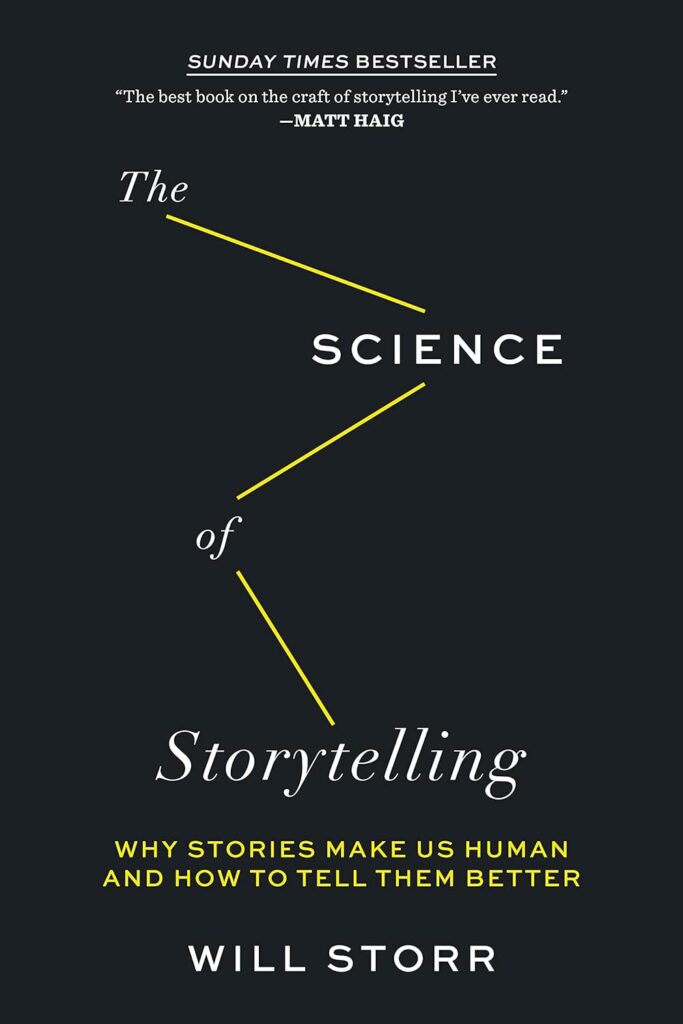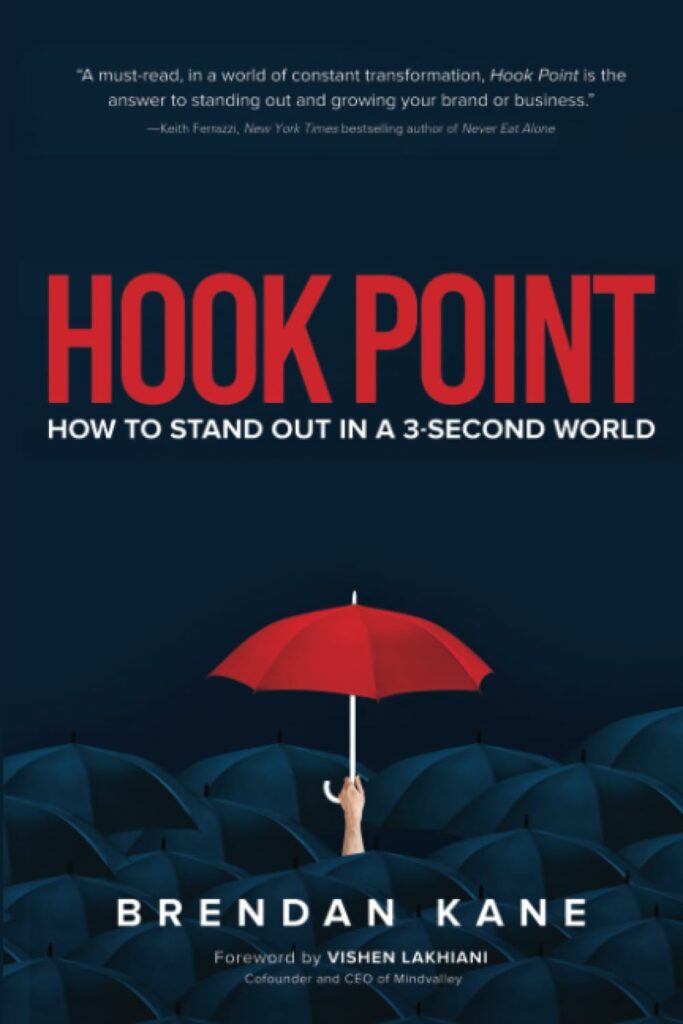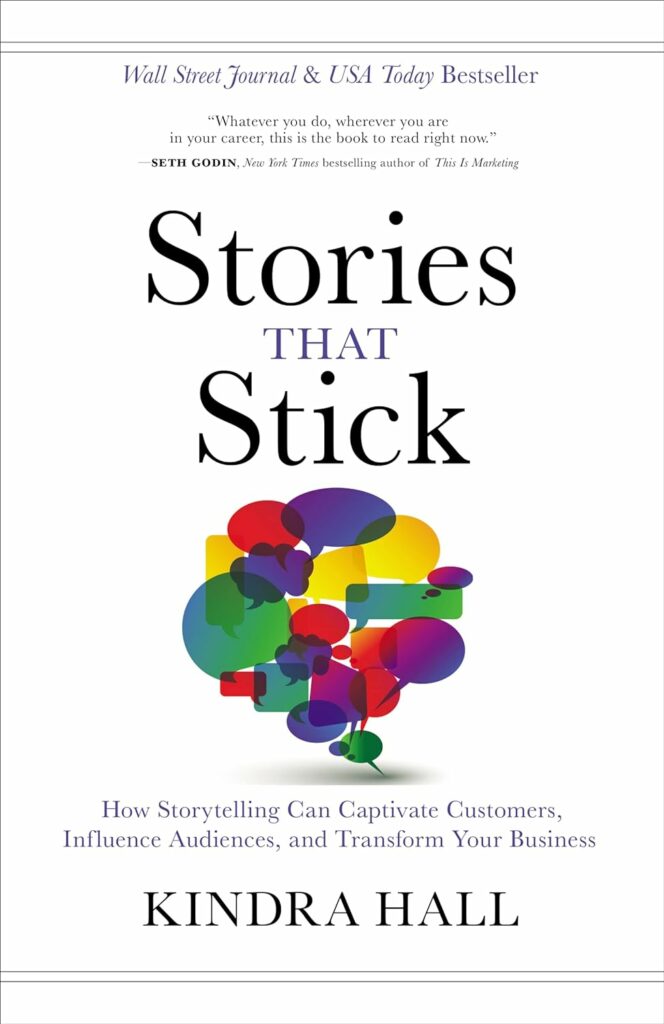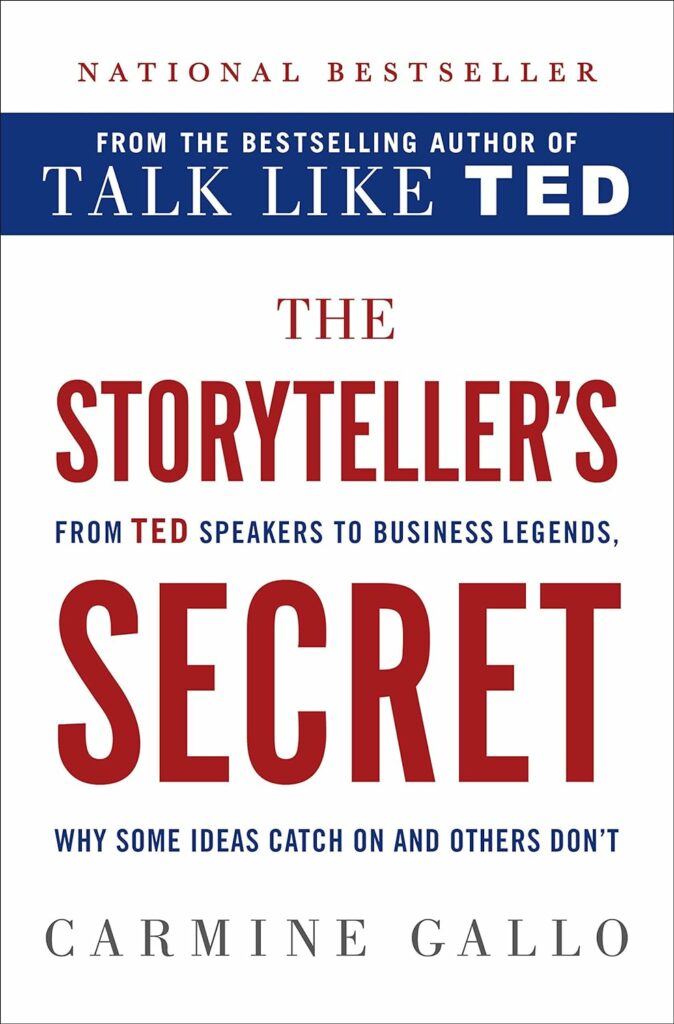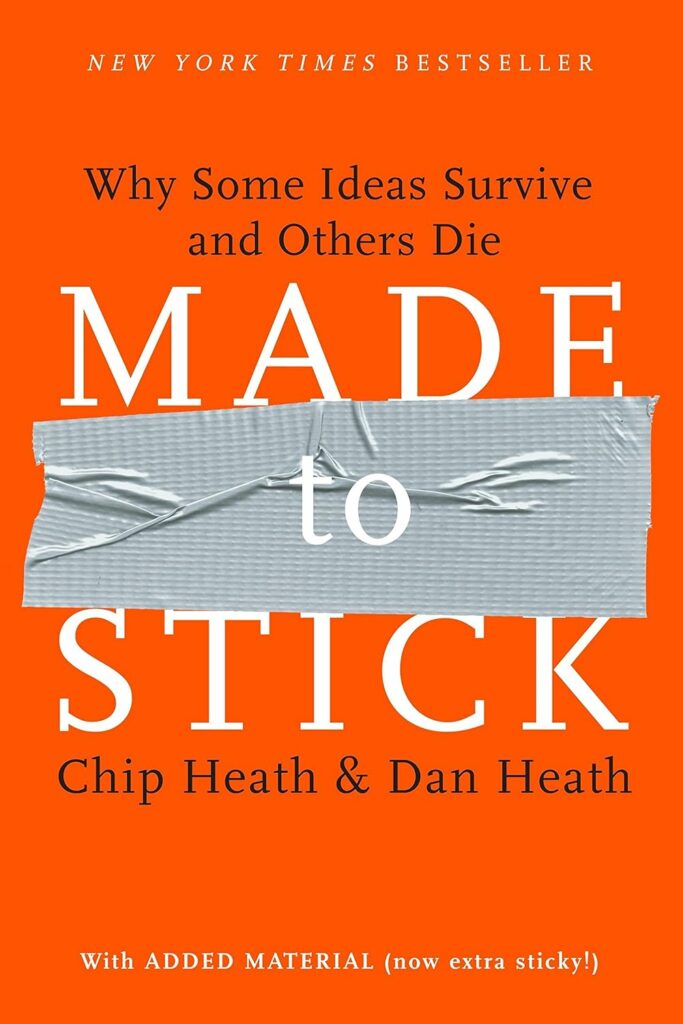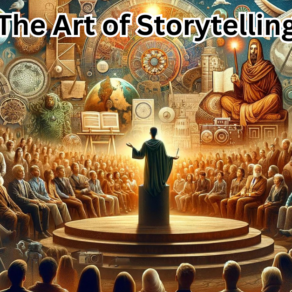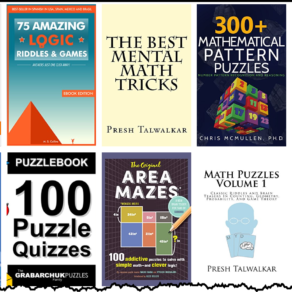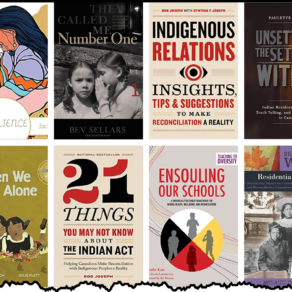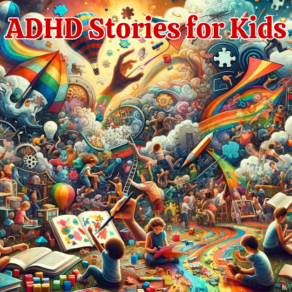Storytelling is a skill that’s increasingly vital in today’s diverse fields – from education and business to data science and digital marketing. In this digital era, where information overload is a constant challenge, the ability to craft a story that stands out, resonates, and sticks with the audience is more crucial than ever.
Whether you’re a teacher aiming to make your lessons unforgettable, a marketer trying to captivate a discerning audience, or a data analyst striving to make your insights more impactful, understanding the mechanics of storytelling can be a game changer.
In this blog post, I’m excited to share with you some of the best books on storytelling out there. Each of these books offers unique insights into how stories can be effectively told and heard. From the science behind why stories stick in our memory, to practical tips on using storytelling techniques in business and public speaking, these books are a treasure trove of knowledge for anyone looking to harness the power of storytelling.
Related: Best Books on Effective Communication
Books on Storytelling
Here is our top picks for the best books on storytelling:
1. Wired for Story, by Lisa Cron
In “Wired for Story,” Lisa Cron offers a fascinating exploration into the neurology of storytelling. This book is about understanding how our brains are naturally wired to respond to stories. Cron delves into how the elements of a story – from character development to plot twists – can stimulate the brain and keep readers engaged.
She challenges the traditional focus on writing techniques, advocating instead for a deeper comprehension of how stories fulfill the brain’s innate craving for narrative. Backed by neuroscience, Cron provides invaluable insights for writers on how to create stories that not only entertain but also resonate deeply with the reader’s neurological desire to know what happens next.
2. The Science of Storytelling: Why Stories Make Us Human and How to Tell Them Better, by Will Storr
Will Storr’s “The Science of Storytelling” merges the art of narrative with the science of the human brain. Storr, an acclaimed writer and teacher, leverages psychological research and neuroscience to unveil how stories shape our identities and beliefs. This book is a groundbreaking guide that teaches how to tell compelling stories by understanding how our brains respond to them.
It’s a deep dive into the mechanics of storytelling, examining how unexpected changes and narrative structures align with our mental processes. Storr’s work is a treasure trove for anyone interested in the psychological underpinnings of why certain stories resonate and how to harness this knowledge for more effective storytelling.
3. Pixar Storytelling: Rules for Effective Storytelling Based on Pixar’s Greatest Films, by Dean Movshovitz
Dean Movshovitz’s “Pixar Storytelling” is an insightful look into the storytelling techniques that have made Pixar’s films universally beloved. The book breaks down the storytelling process into ten key elements, each illustrated with examples from Pixar’s most successful films. Readers will learn about the common threads in Pixar’s stories, how they craft moving conflicts, and what makes their resolutions so emotionally satisfying.
This book is an excellent resource for writers, animators, directors, and fans interested in the storytelling secrets behind some of the most successful animated films. It’s a comprehensive guide that reveals the meticulous craftsmanship behind Pixar’s unique and intricate story structures, character development, and thematic depth.
4. Hook Point: How to Stand Out in a 3-Second World, by Brendan Kane
Brendan Kane’s “Hook Point: How to Stand Out in a 3-Second World” is an essential guide for anyone looking to capture attention in the fast-paced, digital world. Kane, a strategist for top celebrities and brands, unpacks the art of grabbing and holding an audience’s attention. This book addresses the challenges faced by brands and individuals in a world where thousands of messages bombard us daily.
Kane’s strategies are about creating meaningful and lasting engagement in an era of micro-attention. Drawing from his experience with prominent figures and companies, Kane offers practical insights on innovating, scaling businesses, and building compelling brands. This book is a roadmap for success in a world where you have less than three seconds to make an impact.
5. Storytelling with Data: A Data Visualization Guide for Business Professionals, by Cole Nussbaumer Knaflic
Cole Nussbaumer Knaflic’s “Storytelling with Data” revolutionizes the way we perceive data visualization. This book isn’t just about presenting data; it’s about narrating a compelling story with it. Knaflic emphasizes the importance of using data to enhance storytelling, making it pivotal in any narrative. This guide is a perfect blend of theory and practical application, filled with real-world examples that are immediately applicable.
The book covers everything from understanding your audience to choosing the right type of graph, and from eliminating clutter to focusing the audience’s attention on what matters most in your data. It is an essential read for anyone who wants to transform their data into engaging, impactful visual stories, proving that there’s always a fascinating story hidden within the numbers.
6. Stories That Stick, by Kindra Hall
Kindra Hall’s “Stories That Stick” is a masterclass in business storytelling. Hall provides a clear framework and actionable steps for harnessing the power of storytelling in business contexts. The book outlines four key story types – the Value Story, the Founder Story, the Purpose Story, and the Customer Story – each with its unique ability to captivate and influence.
Hall’s approach is backed by research and enriched with case studies, demonstrating storytelling as a crucial, yet underutilized, tool in business. Whether it’s differentiating a brand, persuading investors, aligning employees, or sharing customer experiences, Hall shows how effectively crafted stories can lead to remarkable transformations in the business world.
7. Contagious: Why Things Catch On, by Jonah Berger
Jonah Berger’s “Contagious: Why Things Catch On” is a deep dive into the mechanics of popularity and virality. Berger, a Wharton marketing professor, explores why certain products, ideas, and behaviors become widely popular, often independent of conventional advertising. This book uncovers the secret science behind word-of-mouth and social transmission, revealing six fundamental principles that make things contagious.
From understanding how a luxury steakhouse gained fame through a cheesesteak to analyzing why certain New York Times articles go viral, Berger provides actionable techniques for creating messages and content that people naturally want to share. “Contagious” is an invaluable resource for anyone looking to make their ideas, products, or stories catch on in a rapidly evolving digital world.
8. The Storyteller’s Secret: From TED Speakers to Business Legends, Why Some Ideas Catch On and Others Don’t, by Carmine Gallo
Carmine Gallo’s “The Storyteller’s Secret” delves into the art of impactful storytelling, showcasing how it has propelled individuals and brands to remarkable heights. This book examines the stories behind successful figures across various fields, from TED speakers to business legends. Gallo explores the narratives of icons like Richard Branson, Steve Jobs, and Martin Luther King, Jr., revealing how their storytelling prowess enabled them to inspire, educate, and lead.
The book argues that the human brain is wired to respond to well-crafted stories, particularly those embodying the rags-to-riches archetype. Gallo combines scientific insights with practical advice, making “The Storyteller’s Secret” a compelling read for anyone looking to use storytelling to drive change, whether in business, education, or personal growth.
9. Made to Stick: Why Some Ideas Survive and Others Die, by Chip Heath and Dan Heath
In “Made to Stick,” Chip and Dan Heath delve into the fascinating study of why some ideas thrive while others fade away. This insightful book explores the traits that make an idea ‘sticky’ – memorable, impactful, and capable of changing thoughts or behaviors. The authors dissect various successful and failed messages, ranging from urban legends to business strategies, identifying six key qualities of sticky ideas.
The authors use engaging stories and practical advice to demonstrate how to apply these principles, making complex ideas understandable and memorable. Whether you’re a teacher, marketer, entrepreneur, or anyone looking to make their message stick, this book offers a compelling blueprint for communicating ideas effectively.
10. To Sell Is Human: The Surprising Truth About Moving Others, by Daniel H. Pink
Daniel H. Pink’s “To Sell Is Human” offers a refreshing perspective on the act of selling, revealing its ubiquitous presence in various aspects of our lives. Pink argues that, contrary to traditional belief, selling isn’t just a profession; it’s a fundamental human trait. He explores the art and science of persuasion, showcasing how everyone uses elements of selling in daily interactions, from pitching ideas at work to convincing children at home.
The book is filled with insightful research, providing a new set of ABCs for moving others and practical tips, including the six successors to the elevator pitch and the three rules for understanding another’s perspective. Pink’s work is a must-read for anyone who wants to understand the subtleties of influence and persuasion in the modern world.
11. TED Talks Storytelling: 23 Storytelling Techniques from the Best TED Talks, by Akash Karia
Akash Karia’s “TED Talks Storytelling” is a concise yet powerful guide that deciphers the art of storytelling as practiced by the best TED speakers. Karia has analyzed over 200 TED Talks, identifying the core element that makes them so captivating: storytelling.
The book outlines 23 storytelling techniques that make these talks engaging and memorable. Karia uses examples from renowned TED speakers to illustrate how to craft and present stories effectively, transforming any presentation into a dynamic and impactful experience.
This guide is invaluable for anyone looking to improve their public speaking skills, be it for a TED stage or any other platform where powerful storytelling can make a significant difference.
Final thoughts
In wrapping up, it’s clear that storytelling isn’t just an art; it’s a strategic tool that can transform the way we communicate, teach, sell, and connect. The books discussed here offer more than just tips and techniques; they provide a deeper understanding of why stories captivate us and how we can use this knowledge to make our own stories more powerful and impactful. As an educator and a lifelong learner, I’ve found immense value in these insights, and I hope they inspire you as much as they have inspired me.





